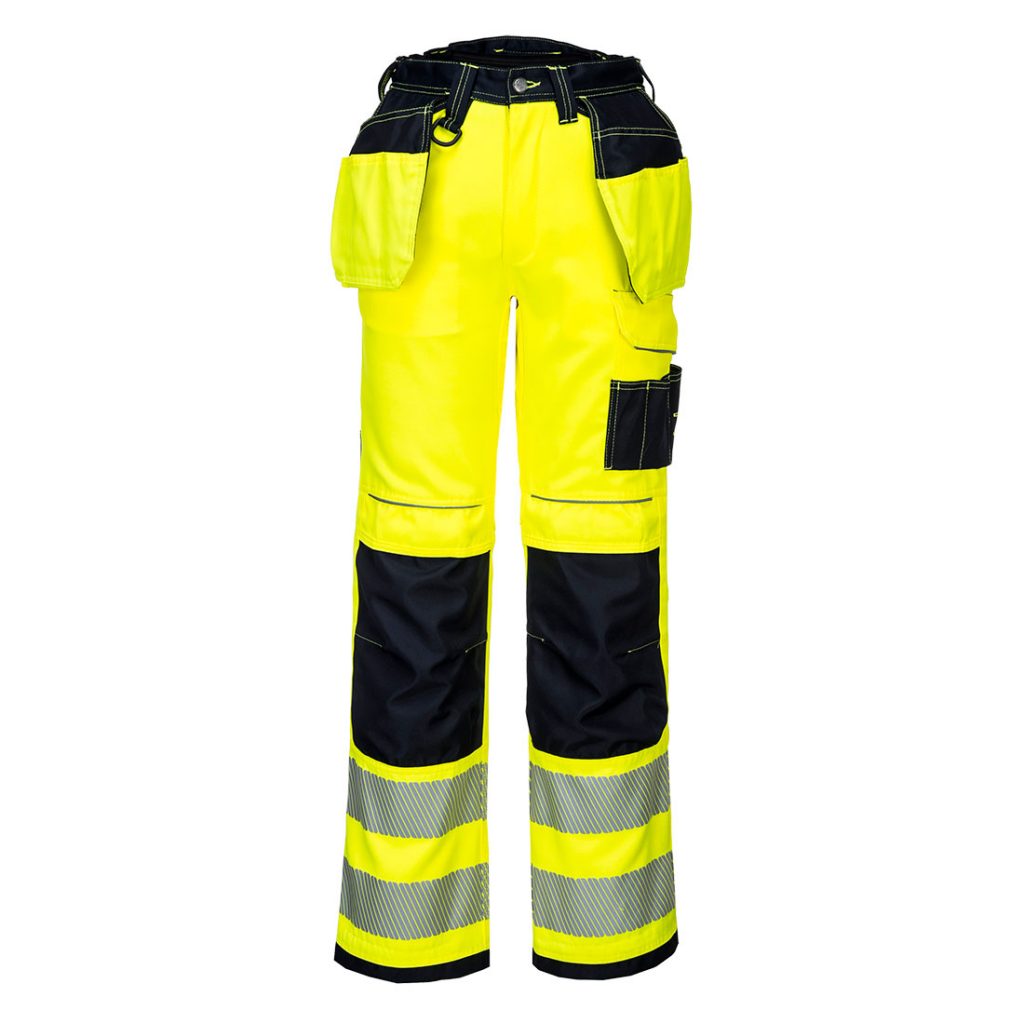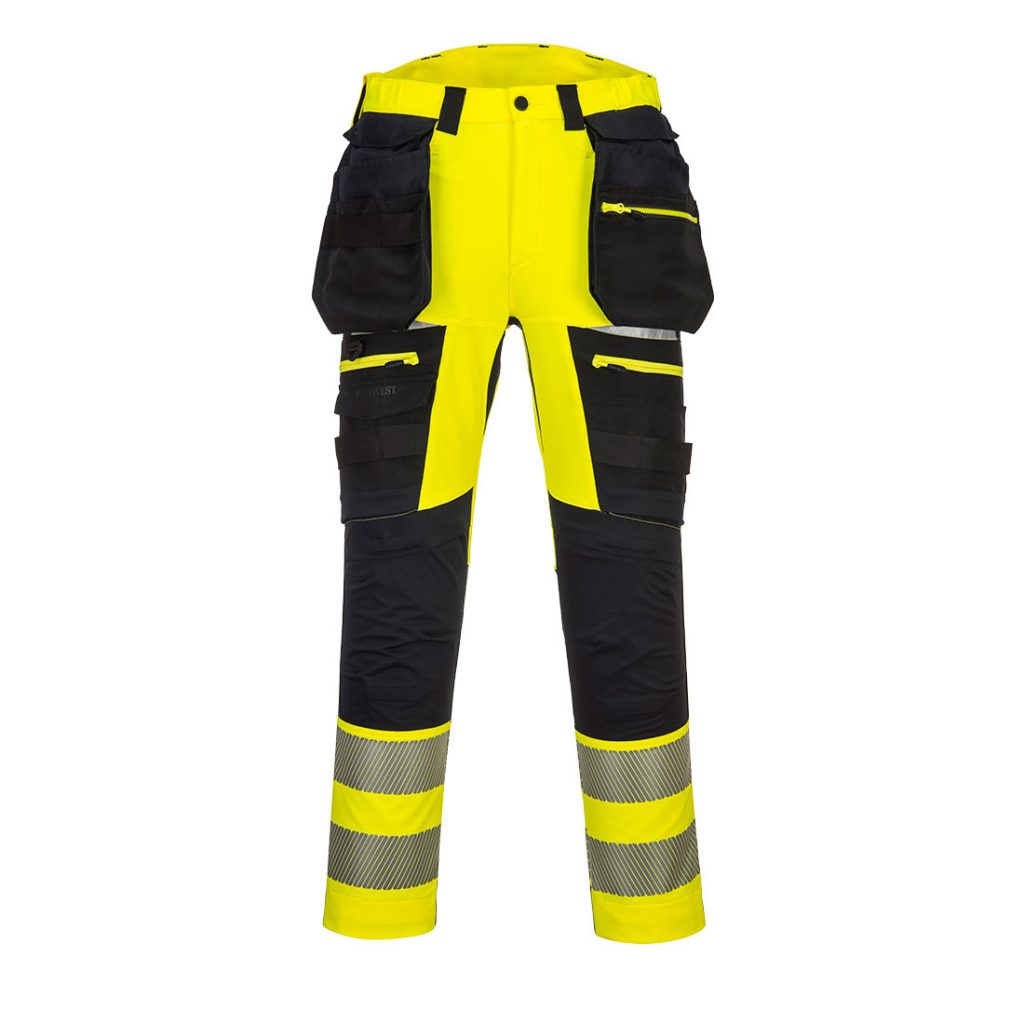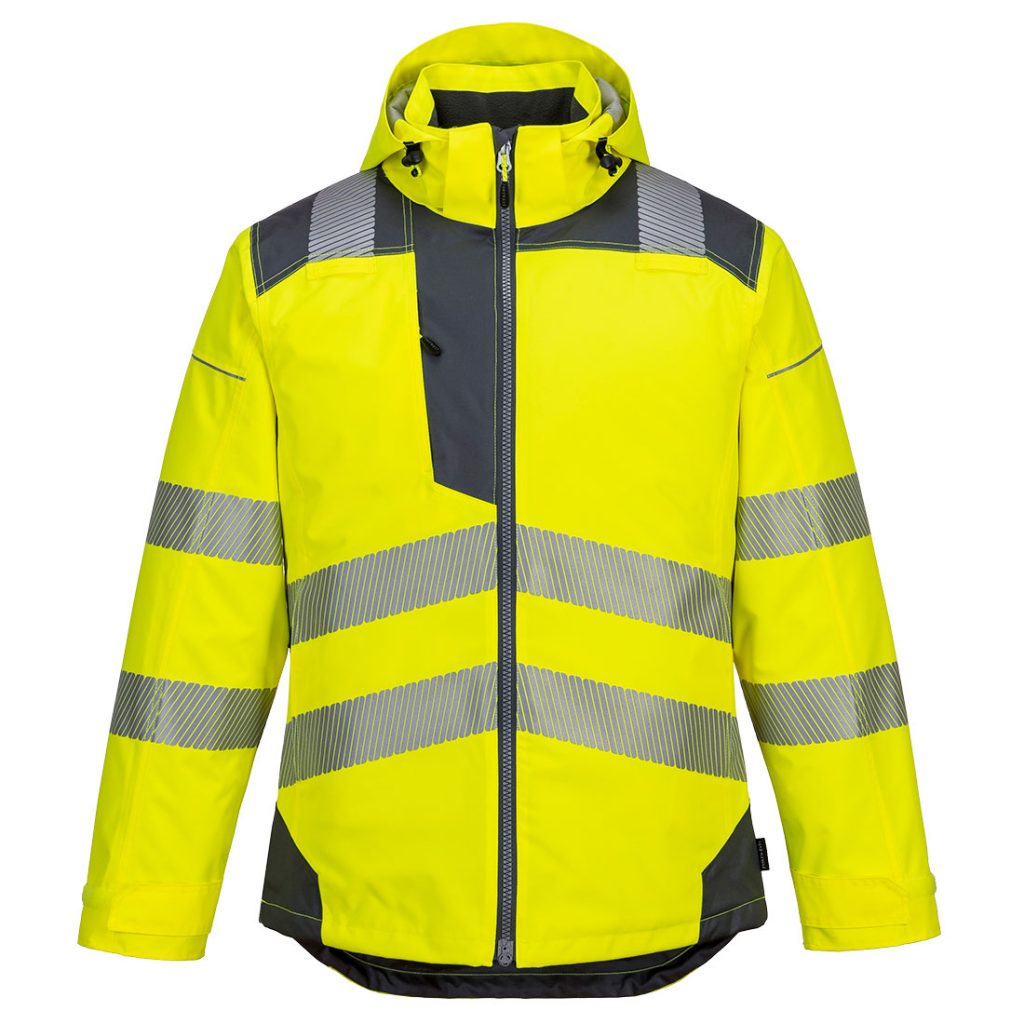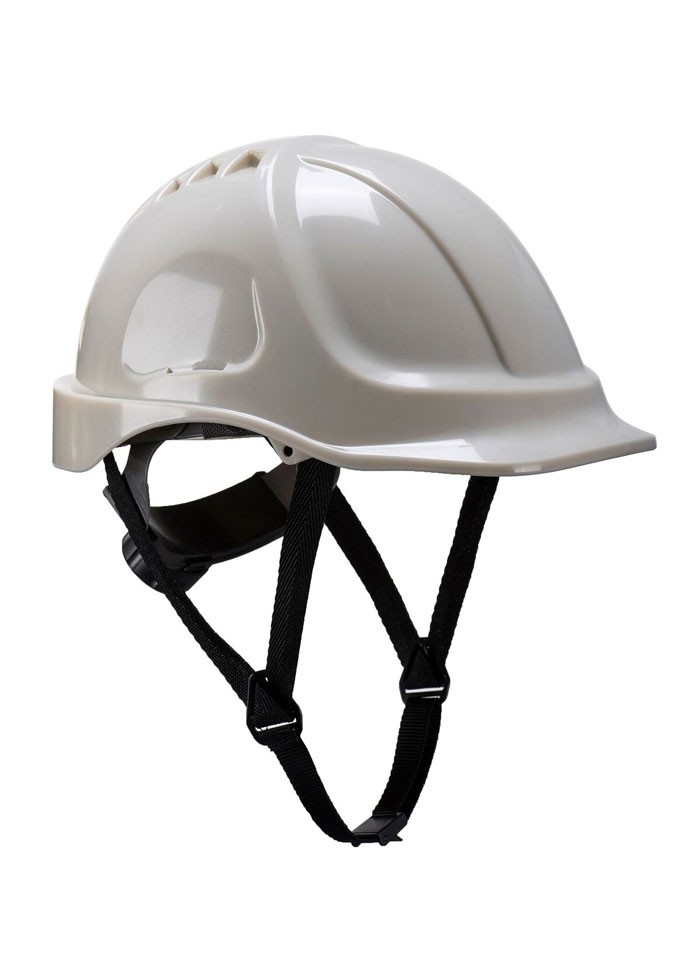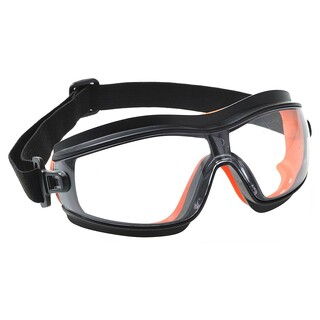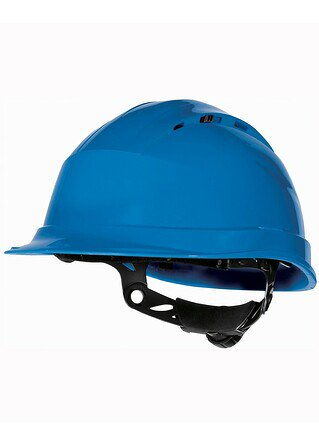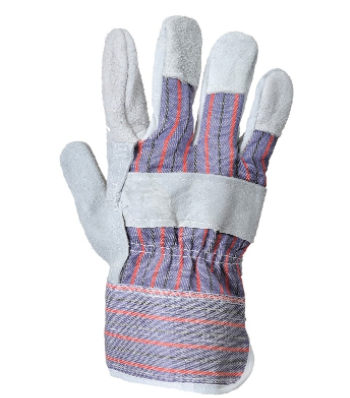How to Choose Outdoor Work Clothes for Your Team
When you have been assigned the job of choosing the right outdoor workwear for your team, it can be difficult to know where to start. Do you buy summer clothing, warm clothing, or waterproofs? By answering these 3 questions, you will be able to choose the right outdoor work clothes for your team.
- Page Contents
- What is the Weather Like?
- What are the Hazards I Need to Protect Against?
- What Will My Team Wear?
1. What Will The Weather Be Like?
Britain is not known for its charming weather. When you are analysing what workwear you need for an outdoor project, take into account the weather you will expect for that period of time. If the project is in summer, expect high temperatures. If it is spring or autumn, expect rain.
The weather will affect how you dress your workers. Also, it is a good idea to consult your team. What outdoor work clothes will they feel comfortable wearing while getting the job done?
You need to expect to buy waterproof jackets and weatherproof trousers, as well as layers for underneath. You may want to purchase fleeces for layering over cooler clothes and under thin waterproof gear.
Your workers are likely to move vigorously so they need to be protected from the cold as they sweat. Sweat wicking properties are a good idea.
For summer, the clothing you choose needs to be as cool as possible. Also, it should have close-knit fibres. This will prevent the sun from burning your employees through clothing. Also, you can purchase shirts that have sun protection in the fabric.
Consider the time of the year and when it will get dark or have low visibility. For outdoor work on the roadside, for example, your team may need Hi Vis gear to provide maximum protection.
2. What Are The Hazards I Need To Protect Against?
Another factor in choosing seasonal workwear is what you need to protect against. Have a look at your workplace health and safety policy, and if you have not completed an outdoor risk assessment for the new area, you need to do so. You cannot buy equipment before you have assessed the risks and hazards.
A risk assessment will determine what PPE you will need to keep your workers protected. Similarly, it will identify what kind of workwear they need to be wearing.
It is best to consider how comfortable the workwear will be for your workers when working in the sun or working in the rain. If having that type of workwear is necessary, your workers will simply have to wear it.
Just like with PPE, this is where you have to encourage and manage your team’s responsibilities. Sometimes you will have to tell your team that, even if it is not the most comfortable, the benefits outweigh the negatives.
3. What Will My Team Wear?
In 2018/2019, there has been 147 workplace fatalities and 555,000 non-fatal injuries, and in most cases workers were not wearing the right PPE or any. You would think that workers would wear gear that protects them. However, the truth is on site and when stuck in jobs, many workers do not consider wearing protection if the equipment hinders what they are doing. How many times have you driven by or walked by outdoor work sites, and the employees are not using their PPE properly?
When buying workwear for your outdoor teams, consider their thermal comfort and what they will wear. There is no point in buying one hundred heavyweight cotton polos, for example, if your workers will not wear them. It is a balance. If your worker has an accident and you provide the right PPE, then the responsibility is on their choice not to wear the provided PPE.
Discover what your team needs and what they will wear by coming together for a meeting. Outline what you have discovered in your risk assessment, what equipment will protect them, and then discuss additional protective clothing and how they feel about wearing it. Is it heavy, too hot, does it restrict movement and so forth?
Conclusion
Choosing the right outdoor work clothes is difficult. There is a fine balance between real-world application and buying PPE that protects your workers. Make sure you provide protective equipment that suits your workers’ needs and educate your team on what they need to wear for their safety.
- 6 Visual Cues That Shape Workplace Culture - 23rd September 2025
- How to Roll Out a Workplace Uniform Policy - 23rd September 2025
- What Makes Workwear ‘Good’? How to Choose Work Clothing That’s Actually Built for Work - 13th August 2025







